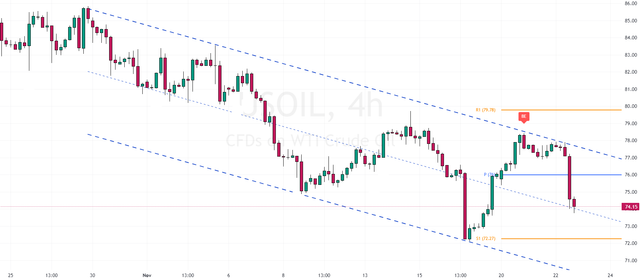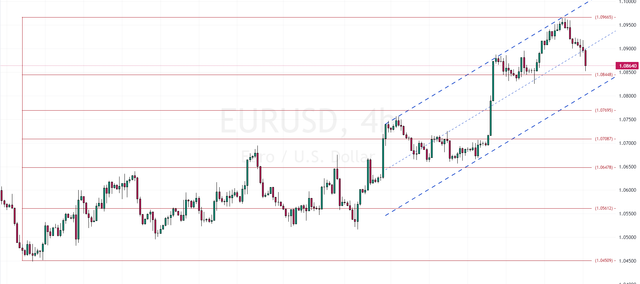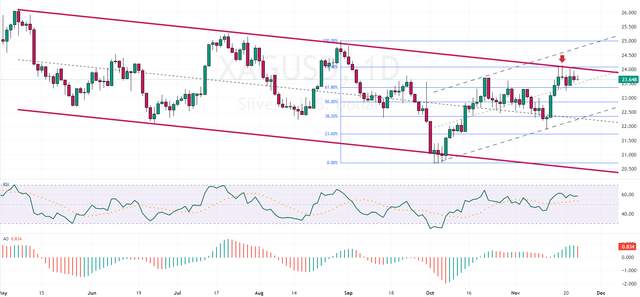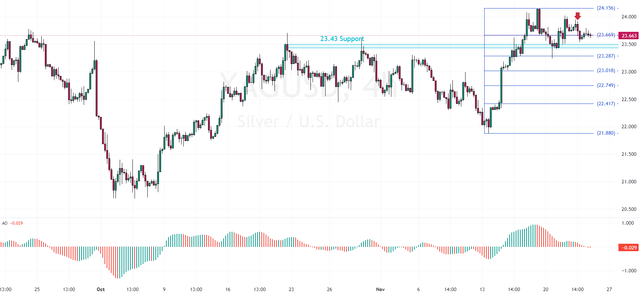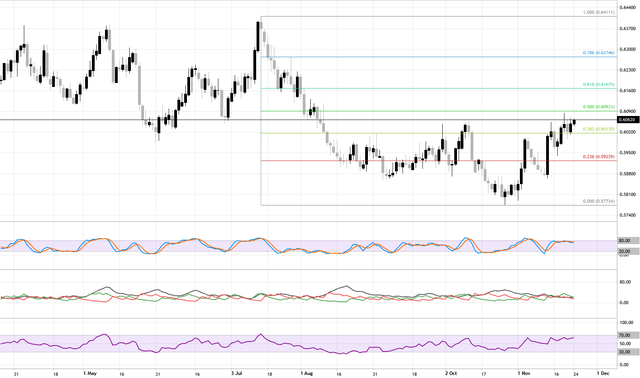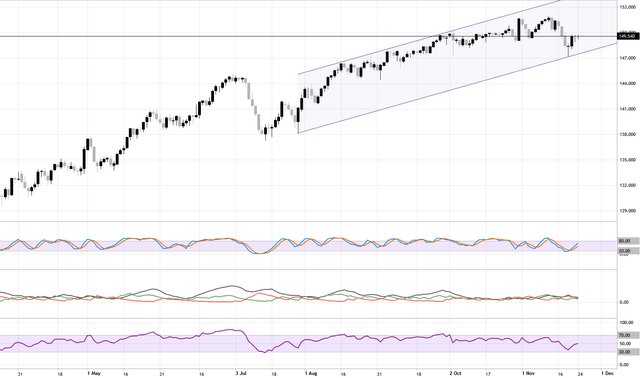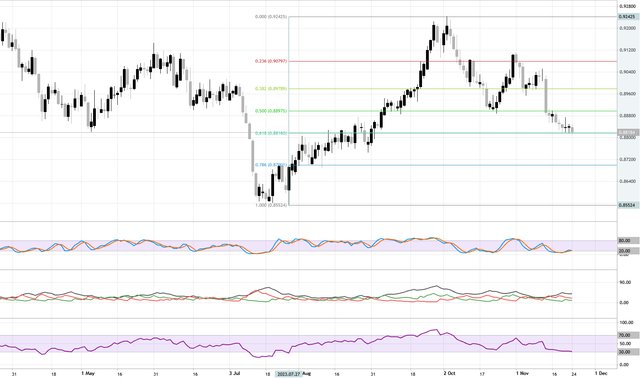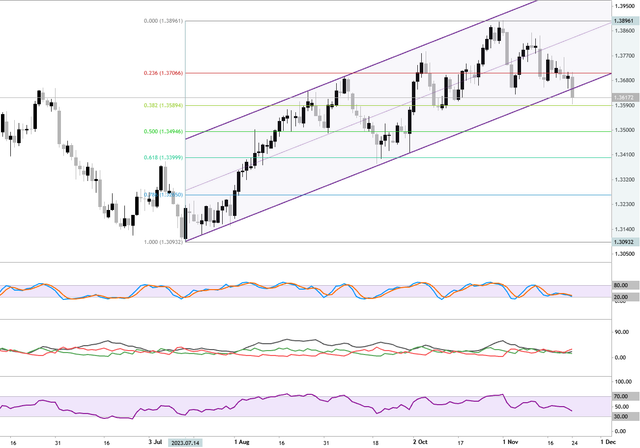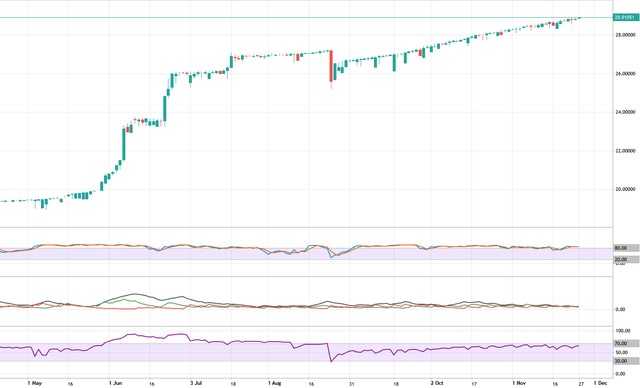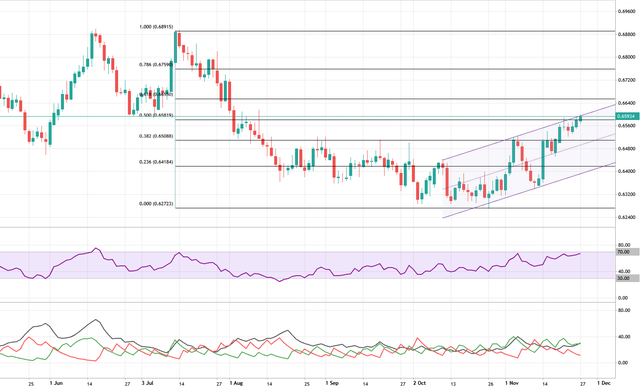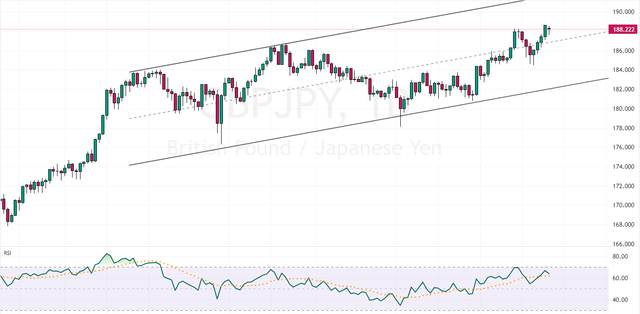SOLIDECN
Senior member
- Messages
- 3,041
- Likes
- 0
Bitcoin
Examining today's Bitcoin technical analysis reveals that the cryptocurrency, often dubbed 'digital gold', is currently exhibiting a bullish flag pattern. Notably, Bitcoin's price has positively responded to the flag's lower boundary, with the market's bulls now challenging a critical threshold at $36,712. Should they successfully breach this mark, it could amplify the upward trend, potentially elevating the next target to R1, valued at $38,665.
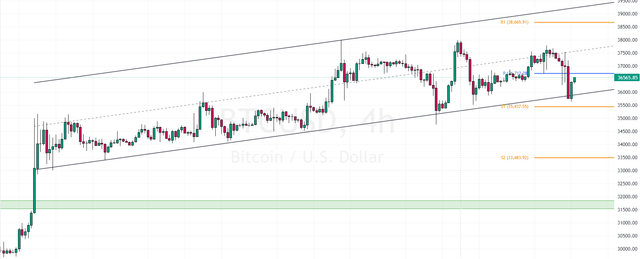
On the flip side, the S1 mark plays a crucial role as a supportive base within this bullish context. However, if this support level were to be broken, it could signal a continuation of the downtrend that initiated on November 16, possibly leading the price towards the S2 level, located near $33,483.
Examining today's Bitcoin technical analysis reveals that the cryptocurrency, often dubbed 'digital gold', is currently exhibiting a bullish flag pattern. Notably, Bitcoin's price has positively responded to the flag's lower boundary, with the market's bulls now challenging a critical threshold at $36,712. Should they successfully breach this mark, it could amplify the upward trend, potentially elevating the next target to R1, valued at $38,665.

On the flip side, the S1 mark plays a crucial role as a supportive base within this bullish context. However, if this support level were to be broken, it could signal a continuation of the downtrend that initiated on November 16, possibly leading the price towards the S2 level, located near $33,483.

